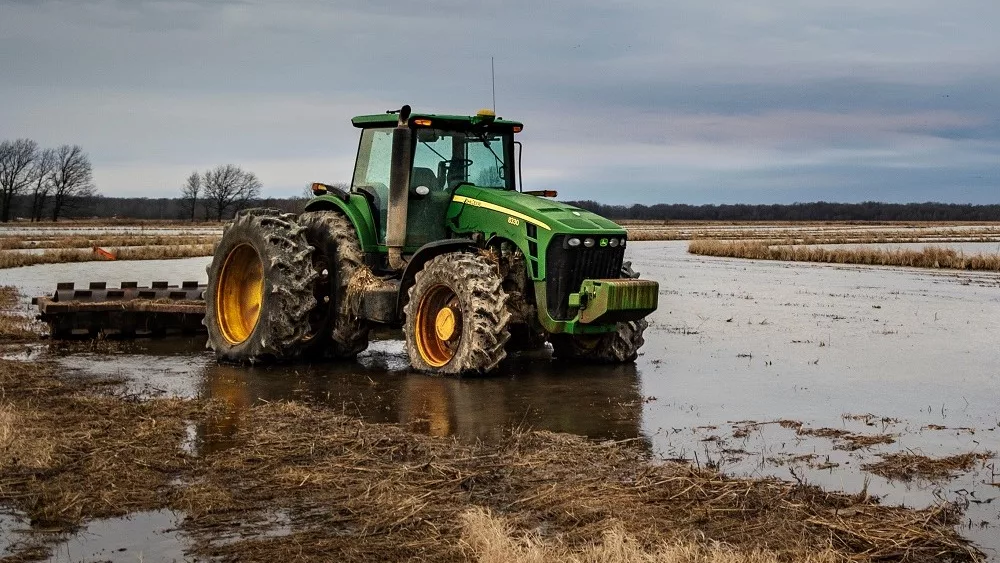“Some of these vessels had to be dug out or just simply had to wait until water levels rose. And so, they were just sitting there with soybeans or other agricultural products waiting for water levels to rise,” says Mike Steenhoek, executive director of the Soy Transportation Coalition, talking about the drought of 2022 and the impact it had on key U.S. waterways.
He says some much-needed precipitation has commodities moving again.
“When you look at Memphis, Tennessee, for example, which was arguably one of the ground zero locations for the low water conditions last fall, we’re currently at ten-and-a-half feet of water depth in relation to the gauge. Last year at this time, we were at 19 feet. So, we are below where we were last year, but just to give that some perspective, in late October we were at almost a negative 11 feet. We’re easily 20-plus feet better now than we were in late October, so that’s a significant increase.”
While levels have begun to rise, there’s still a long way to go to get back to normal levels in the inland waterway system.
“We have returned to a healthy degree of normalcy, but it won’t take a lot of sustained dry conditions to all of a sudden tip us back into low water conditions, which can impact navigation, particularly in that critical area of St. Louis to Cairo, Illinois. Cairo is significant because that’s where the Ohio River meets up with the Mississippi River and provides a big influx of water into the system, so that St. Louis to Cairo area can be susceptible to low water conditions.”
While levels aren’t quite where shippers want them to be, Steenhoek says goods are moving regularly up and down the waterways, for now.
“But again, I think the concern is we don’t have a lot in the tank. We don’t have this big margin that we can enjoy. So, if we did have a sustained period of dry weather, it could really tip us back into lower water conditions, which would then impede navigation. But right now, the reports that I’m getting, particularly from the export facilities down in the New Orleans area, is they are back to a healthy degree of normalcy.”
Steenhoek adds that soy export volumes are very comparable, even a bit higher this year versus the same period last year, which he says is really, really good news.
Source: NAFB News Service




